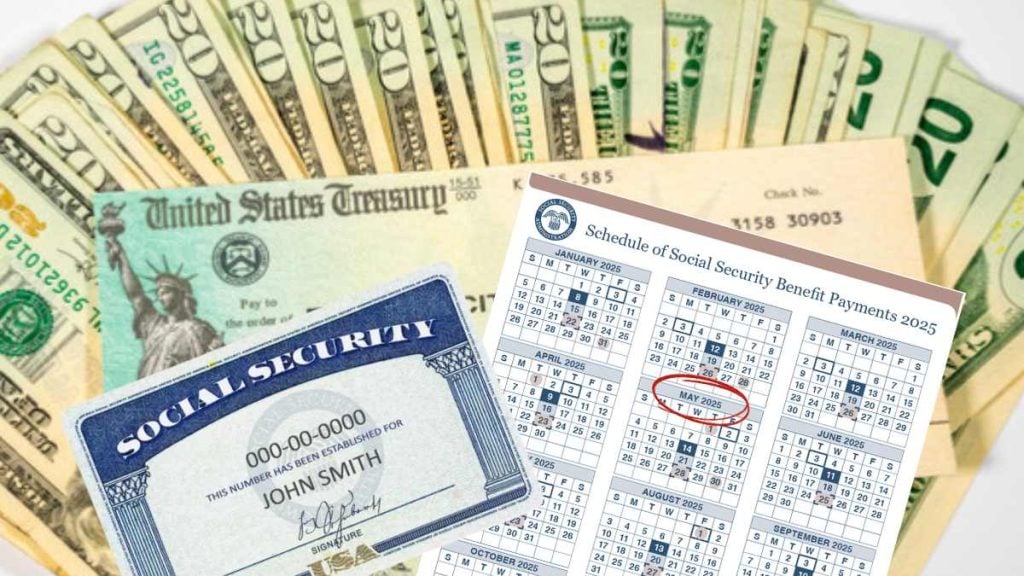Social Security Disability Insurance (SSDI) distributes benefits in May 2025 using a tiered system based on dates of birth. Those born between the 1st and 10th will receive their payment on May 14, the second Wednesday of the month. This scheme, in force since 1997, seeks to optimize administrative and banking management.
It is the same date system used for Social Security retirement benefits, meaning retirees who have the same birthdays also receive their payments using the second, third, and fourth Wednesday system.
A summary of payments: SSDI is not the same as SSI (and I’ll explain it to you easily)
The Social Security Administration (SSA) divides beneficiaries into three groups. Those born between the 11th and 20th will collect on May 21, the third Wednesday. Those born between the 21st and 31st will receive funds on May 28, the fourth Wednesday. Segmentation avoids congestion in payment processing.
Exceptions apply to those who received SSDI before May 1997 or receive SSDI along with Supplemental Security Income (SSI). These groups get paid on the 3rd of each month (or the previous business day if it falls on a weekend: it’s the case in May, with its payment delivered on the 2nd). However, most follow the birth-based calendar.
Now, let’s get to the difference between SSDI and SSI
While SSDI beneficiaries receive a single monthly payment, Supplemental Security Income (SSI) beneficiaries will receive two deposits in May 2025: May 1 (corresponding to May) and May 30 (advanced because June 1 falls on a Sunday). This adjustment does not affect SSDI payments.
Social Security Disability Insurance (SSDI) and Supplemental Security Income (SSI) are separate programs administered by the Social Security Administration (SSA), but in certain cases, a person may be eligible to receive both at the same time, a scenario known as “concurrent benefits.”
To qualify, an individual must meet the SSA’s disability criteria (a medical condition that prevents work for at least one year or that may result in death) and meet the specific requirements of each program.
For its part, SSDI is based on work history and Social Security contributions, so beneficiaries are usually workers who have accumulated sufficient work credits (generally 40 credits, 20 of which must have been obtained in the last 10 years).
On the other hand, SSI is a need-based program, aimed at people with disabilities or people over age 65 who have limited income and resources (in 2025, generally less than $2,000 in assets for individuals or $3,000 for couples). A person can receive both if they have a work history that qualifies for SSDI, but their SSDI payment is low enough and their income and assets are limited to also qualify for SSI.
Concurrent beneficiaries are typically individuals with severe disabilities, modest prior employment income, and minimal financial resources. For example, someone who worked low-income jobs and accumulated enough credits for SSDI, but whose disability now leaves them with minimal income, could qualify for SSI to supplement their SSDI.
However, the SSI amount is reduced dollar for dollar by the SSDI payment (after excluding the first $20 of income), meaning the SSI benefit is typically small in these cases.
The maximum SSDI payment in 2025 is $4,018, while SSI has two maximum payments: $967 for a single beneficiary and $1,450 for a couple filing jointly. But if the beneficiary receives, for example, $800 of SSDI, the SSI program will only give them $167 to adjust the maximum of $967 to an individual.
